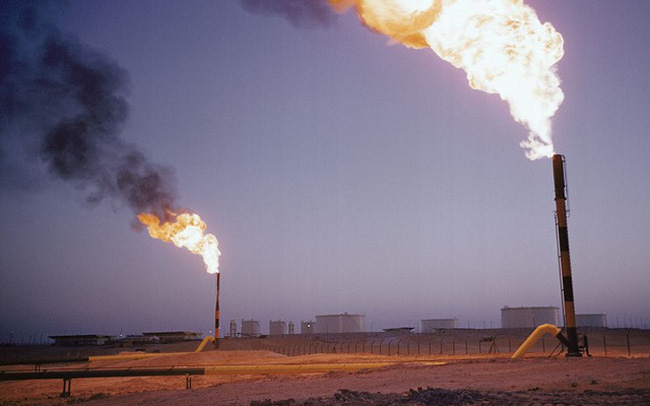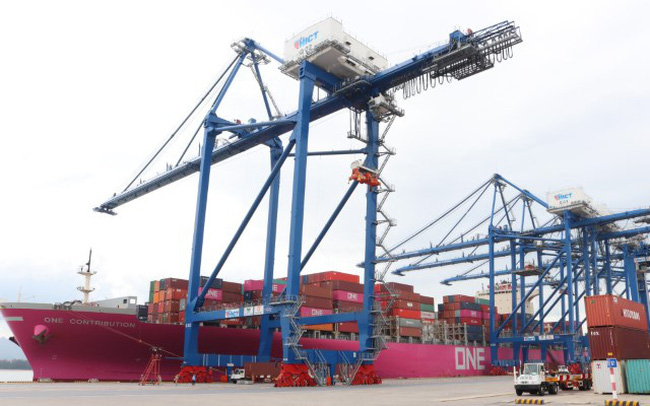Raising capital for coal-fired power projects from public and private financial institutions has become increasingly difficult, and this trend is expected to continue to increase in the coming time.
According to the new draft of the Ministry of Industry and Trade, the total installed capacity of power sources by 2030 after review is 130,371 MW, a decrease of 7,688 MW compared to the plan proposed in March in Report 1682/TTr-BCT for approval. National electricity development planning scheme for the period of 2021 – 2030, with a vision to 2045 (Power planning VIII).
In terms of energy types, the Ministry of Industry and Trade said that the development of renewable and new energy power sources is still a priority. However, in the new draft, onshore and nearshore wind power will only be 11,820 MW, down 4,190 MW; offshore wind power decreased by about 2,000 MW; biomass and other renewable energy will decrease by 1,980 MW to 1,170 MW… Notably, coal power will increase by about 3,076 MW compared to Report No. 1682, to 40,649 MW. Thus, the proportion of coal power sources increased from 27.2% to 31% of the total installed capacity of power sources.

Theo Tờ trình số 1682, tỉ lệ các nguồn điện than tăng từ 27,2% lên 31% tổng công suất đặt các nguồn điện đạt mức 40.649 MW.
Responding to this draft, the Global Wind Energy Council (GWEC) said that some projects will have to transition from Power Plan VII to Power Plan VIII due to difficulties in progress as well as capacity. mobilize capital, especially coal-fired power projects. In recent times, it has become increasingly difficult to mobilize capital for coal-fired power projects from public and private financial institutions, this trend is expected to continue to increase in the near future. next.
For example, the Asian Development Bank (ADB) committed to stop funding coal, gas and oil projects by May 2021; Asian Infrastructure Investment Bank (AIIB) halts coal power investment for overseas energy investments; The World Bank introduced climate rules to reduce investment in coal.
For commercial banks, Standard Chartered Bank stopped investing in coal projects in Southeast Asia, including Vinh Tan 3 and Vung Ang 2; Singapore’s 3 largest banks (DBS, OCBC, UOB) have committed to stop investing in coal projects in Southeast Asia from 2019; Banks Sumitomo Mitsui and Mizuho of Japan stopped investing in domestic coal power projects in 2019; Mitsubishi UFJ group (MUFJ) and HSBC withdraw from Vinh Tan 3 project…
Therefore, GWEC believes that it is likely that coal-fired power projects in Power Plan VII will not be able to solve progress problems, even if they are transitioned to Power Plan VIII, especially in the future. The Asian context is also shifting towards reducing emissions towards carbon neutrality in the near future.
The fuel of the past is no longer a trend
Since the 2015 Paris Agreement, the number of proposed coal power projects has decreased by 76%, providing a glimmer of hope for an end to the construction of new coal power plants. Currently, 44 countries have pledged not to build new coal power plants, and another 40 are now poised to do the same after canceling previously proposed coal power plant projects.
A recent United Nations environmental report also warned that action by just six countries could eliminate the remaining 82% of the world’s remaining pre-construction coal power projects. In which, China alone accounted for 55% of global projects, followed by India, Vietnam, Indonesia, Turkey and Bangladesh.
According to Chris Littlecott, deputy director of climate change research organization E3G, the decline in projects and the increase in government commitments to not build new coal power plants are going hand in hand. together. On the eve of COP26, governments can jointly endorse plans to transition from coal to clean energy.
“Coal power is increasingly economically less competitive than renewables, while the risk of stranded assets increases. Governments can now confidently act to commit to no new coal power,” said Chris Littlecott.
The structural transformation of the global power sector is accelerating, with countries increasingly avoiding coal-fired power generation as they realize that coal is fuel of the past.
“The 40 countries that have committed to no new coal power projects can now be grouped with those that have committed since the Paris Agreement. Countries that are still contemplating new power plants should urgently realize that a global shift away from coal is inevitable, avoiding costly mistakes when building new projects,” said Leo. Roberts warned.

Điện than ngày càng kém cạnh tranh hơn so với năng lượng tái tạo về phương diện kinh tế.
According to the Program Director at the Global Energy Monitor, Christine Shearer, the new coal-fired power plants are not in line with the Paris Agreement on the international climate. The world’s leading scientific bodies are clear: Coal power basically needs to be phased out over the next two decades to prevent climate change from reaching dangerous levels.
“The upcoming climate negotiations are a time and an opportunity for world leaders to come together and commit to a new coal-free world, in line with the requirements of the world. of the scientific world,” said Ms. Christine Shearer.
MP Alok Kumar Sharma – President of COP26 said that the 26th United Nations Climate Change Summit (COP26) in November this year will be the conference that makes coal power a thing of the past.
“This is an important time to demonstrate the new drive to phase out coal, so that wealthier countries can help aid other countries towards a coal-free future,” said MP Alok Kumar Sharma. decided./.
T&G International Joint Stock Company
Address: 352 Hue Street, Le Dai Hanh Ward, Hai Ba Trung District, Hanoi
Hotline: 0345786803
Email: hrm@tginterjsc.com
Website: http://tginternationaljsc.com




















